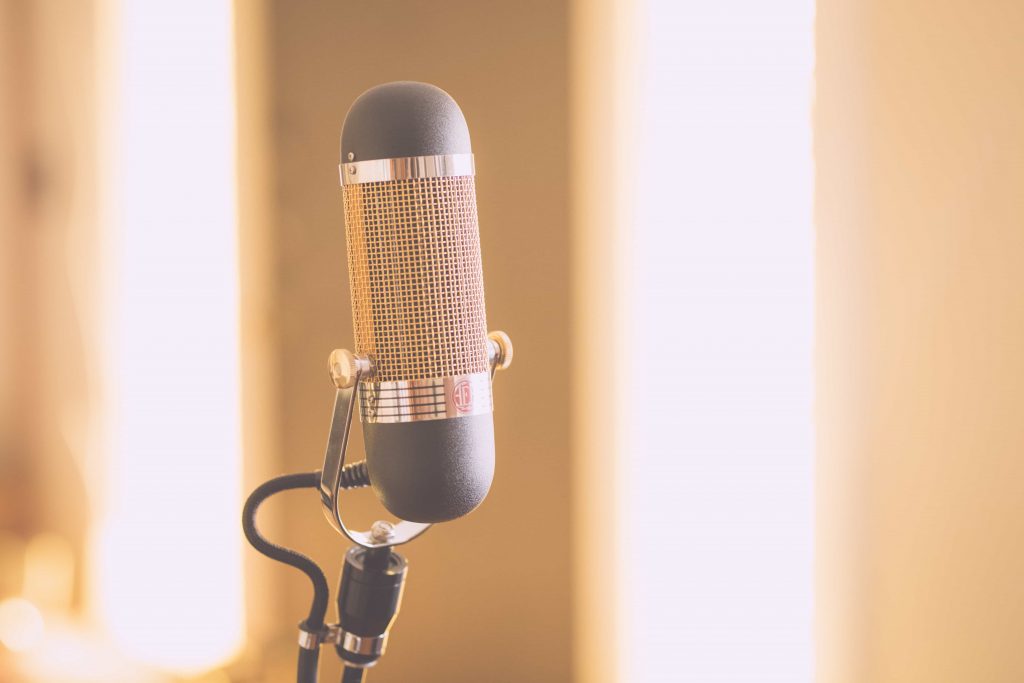A ribbon mic is a special kind of dynamic microphone. However, unlike a dynamic microphone where the diaphragm is attached to a moving coil that vibrates within a magnetic field, ribbon mics have an extremely thin strip that stays suspended in a strong magnetic field. The ribbon performs the task of both diaphragm and transducer, providing a condenser’s sensitivity and response with a different character.
Here are the some applications of ribbon mics:
Stereo Capture
The figure-8 pattern that ribbon mics natively exhibit is a natural fit for the Blumlein stereo capture technique. Named after renowned British electronics engineer Alan Blumlein, this technique provides excellent stereo separation and control over room ambience.
This setup uses two identical figure-8 microphones positioned in a way that their elements cross at right angles while staying very close to each other. The sE Electronics Rupert Neve RNR1 comes with a fantastic form factor and an extended frequency response, making it perfect for high-fi Blumlein stereo applications.
As the figure-8 polar pattern offers complete off-axis (side) rejection, these mics can easily pick up (almost)completely isolated (coincident) stereo fields. Depending on where you position your Blumlein pair, you can pick up more or less room ambience.
Keep the mic close to the source and sufficiently far from the rear wall. This will help you get pure stereo with little ambience. Mid-side (M-S), another popular stereo technique, requires one figure-8 and one cardioid mic, which are combined in post production, but it guarantees phase coherency and mono compatibility.
Brass and Woodwinds
The smooth sound of ribbon mics is fantastic for woodwing instruments like sax, clarinet, and oboe. They allow you to capture the tonal sweet spot without picking up mechanical noise from the keys and pads. This produces a signal that doesn’t require any more processing. For many engineers, ribbons have been the traditional go-to mics for trumpet and trombone. An AEA R84 on trumpet (about two feet away from the bell) captures the tone of the horn without harshness, while a Royer R-121 or R-122 straight into a girthy preamp delivers an amazing trombone sound. Perhaps the best thing about using ribbons on brass is that you get all the warmth of the instrument without any stridency when musicians play really loud.
Strings
Ribbon mics are fantastic if you are recording a big string section in a small room with limited ambience. These mics can provide a more spacious, cinematic sound that belies the size of the acoustical space they’re recording. In fact, a ribbon can be used for a different take of any source where you might use a condenser/dynamic mic.
Drums
Ribbon mics are great for drum overheads, capturing cymbals without the tizzy hype. An R88 deployed at a reasonable distance on drum overheads delivers a beautiful stereo image of the entire drum kit that can be combined with a kick drum mic. This leads to a highly effective, minimalist drum kit recording technique. A ribbon mic will work very well when it’s miked on the bass drum’s drumhead surface at a 45 degree angle.
Electric Guitars
Ribbon mics are very popular for recording electric guitars today, whether it’s in a studio or in a live setting. But prior to the 1998 introduction of Royer’s first ribbon mic, the R-121, ribbons were generally off-limits for use on electric guitar cabs. They couldn’t handle the power back then. The new generation of ribbon mics is robust enough that they can be used on any source — and they sound incredible on electric guitar, smoothing out the cutting midrange of overdriven amps while still imparting a low-mid punch that yields a powerful tone.








